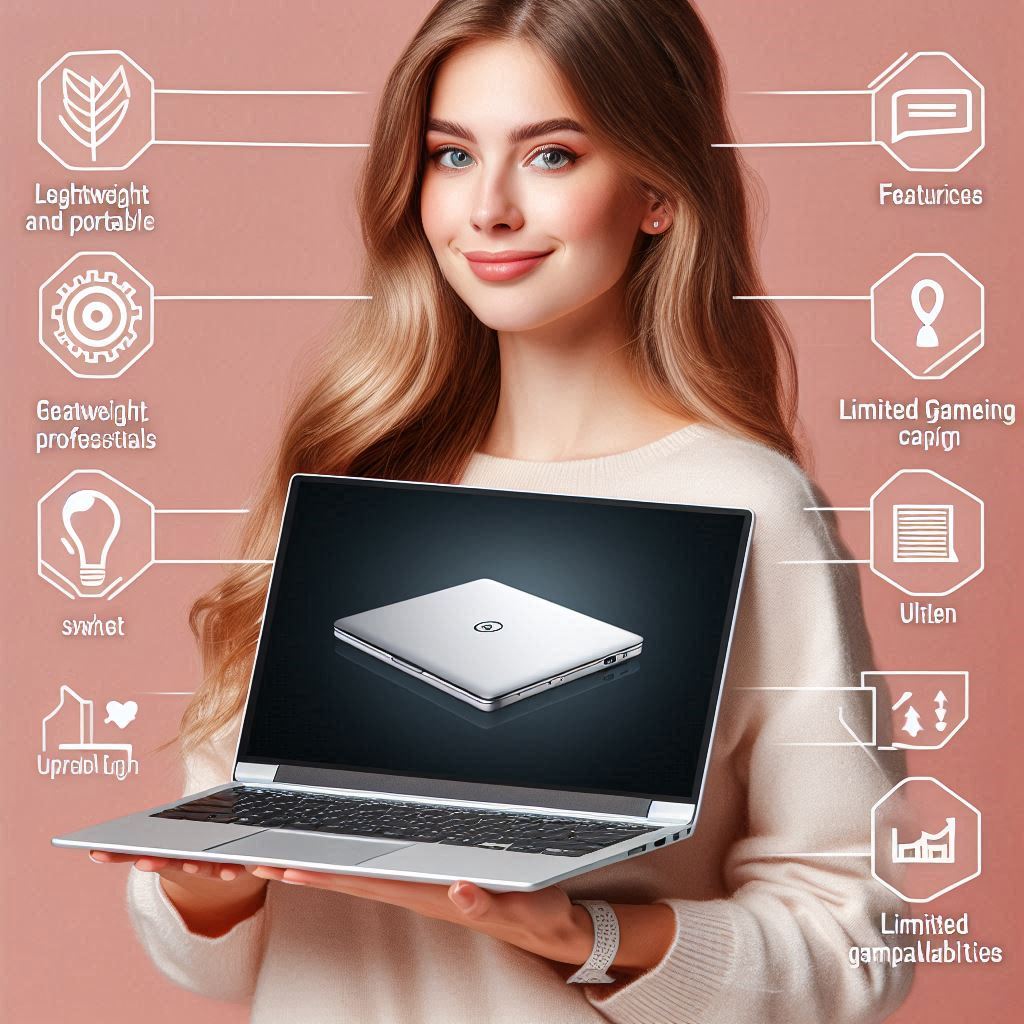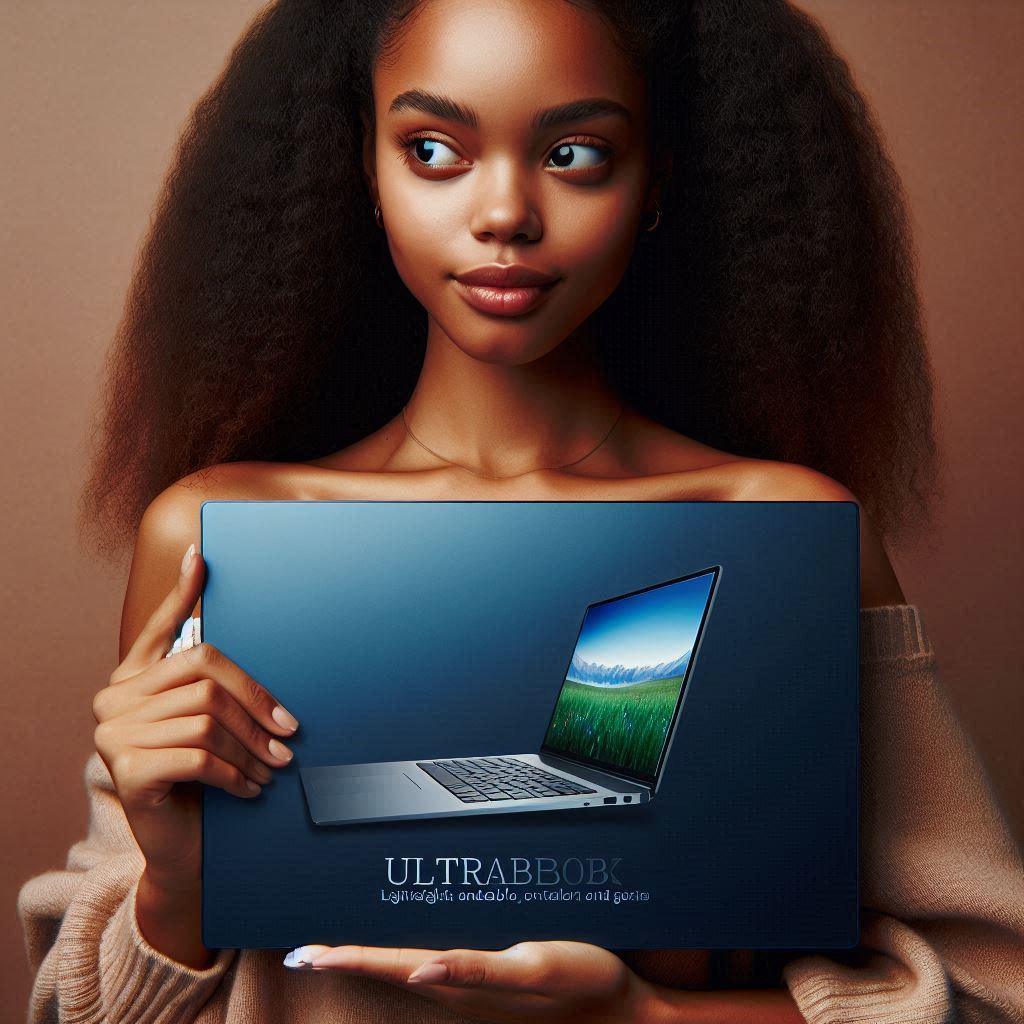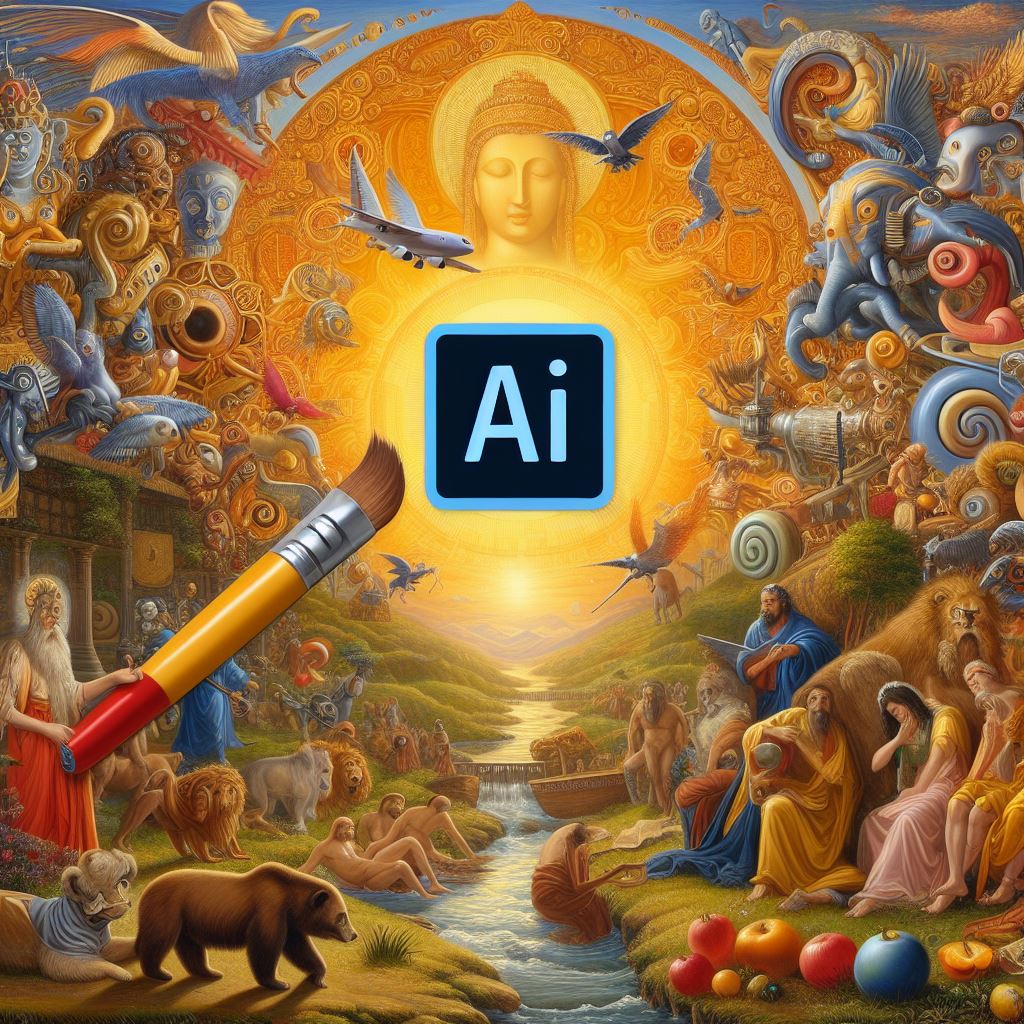Buying a new laptop can be exciting but also overwhelming. With so many options, it’s crucial to find the right one for your needs. Here’s a guide to help you make an informed decision.
Types of Laptops and Their Functionality
- Ultra books
- Functionality: Lightweight and portable, ideal for professionals and students.
- Examples: Dell XPS 13, MacBook Air.
- Pros: Great battery life, sleek design.
- Cons: Limited gaming capabilities

2.) Gaming
- Functionality: High-performance machines for gaming and heavy tasks.
- Examples: ASUS ROG, Alienware M15.
- Pros: Powerful GPUs, high refresh rate displays.
- Cons: Heavy, shorter battery life.
3.) 2-in-1 Laptops
- Functionality: Versatile devices that can be used as both a laptop and a tablet.
- Examples: Microsoft Surface Pro, Lenovo Yoga.
- Pros: Flexibility, touchscreens.
- Cons: Sometimes less powerful than traditional laptops.

4.) Business laptop
- Functionality: Designed for professional use with robust security features.
- Examples: Lenovo ThinkPad, HP EliteBook.
- Pros: Durable, excellent keyboards.
5.) Budget Laptops
- Functionality: Affordable options for basic tasks like browsing and word processing.
- Examples: Acer Aspire, HP Pavilion.
- Pros: Inexpensive, good for everyday use.
Key Features to Consider
1. Processor (CPU)
- Intel vs. AMD: Both have great options. Intel’s Core i5/i7 and AMD’s Ryzen 5/7 are popular.
- Functionality: Higher clock speeds and more cores improve performance for multitasking and gaming.
2. Memory (RAM)
- Recommended: At least 8GB for general use, 16GB for gaming or heavy applications.
- Functionality: More RAM allows for smoother multitasking and better performance with intensive programs.
3. Storage
- Types: SSD (Solid State Drive) vs. HDD (Hard Disk Drive).
- Functionality: SSDs are faster and more reliable. Aim for at least 256GB SSD for optimal performance.
4. Graphics Card (GPU)
- Integrated vs. Dedicated: Integrated GPUs are fine for basic tasks, while dedicated GPUs are needed for gaming and design work.
- Examples: NVIDIA GeForce GTX/RTX, AMD Radeon.
5. Battery Life
- Considerations: Look for laptops with at least 8 hours of battery life if portability is important.
- Functionality: Longer battery life ensures you can work or play without frequently needing to recharge.
6. Display
- Resolution: Full HD (1920×1080) is standard, 4K for higher detail.
- Size: 13-15 inches is common for a balance of portability and screen real estate.
7. Build Quality and Design
- Materials: Metal chassis are more durable than plastic.
- Weight: Consider a lightweight design if you need to carry your laptop often.
Conclusion
When buying a new laptop, consider the type that suits your needs and the key features that will enhance your experience. Whether you need an Ultrabook for portability, a gaming for performance, or a business for professional use, there’s a perfect one out there for you.
FAQS


